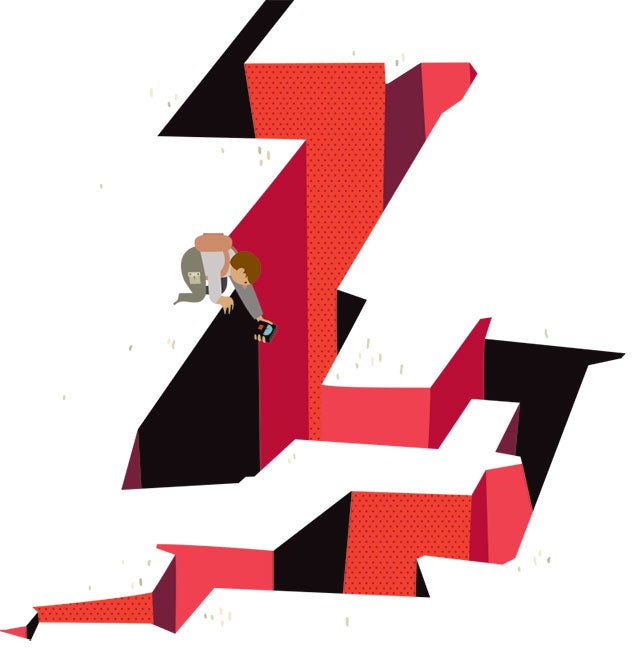We Don't Know: How to Predict Earthquakes
Julia Morgan, professor of earth, environmental and planetary sciences, aims to unlock the mysteries of fault lines.

As a geologist, I study the mechanics of earthquakes. Right now, we have a good sense of how quakes happen — we know how the continental plates are moving in relation to each other, we know where fault zones are, and we know roughly how big and how frequently a fault will experience a quake.
The problem is that we have no idea how to predict exactly where and when a quake will happen. It’s really a statistical game. We can say there’s a certain percentage chance that a quake will occur on a fault in the next 100 years or so, but we can’t tell you if the ground will be shaking next Thursday. To do that, we need a much better understanding of the geologic precursors of earthquakes.
For example, right now, one big mystery in my field is the relationship between quakes and “slow slip” events on a fault. Usually, when a quake happens, two plates are moving past one another, and pressure builds up between them until it violently releases. It’s over in a few seconds or minutes. But sometimes the same type of motion can occur slowly, over days to weeks. You get the same magnitude of movement, but it happens so gradually you don’t feel it.
We’d love to know whether slow slip is an indicator that a quake will happen. Is it transferring pressure to different parts of the fault that will eventually cause a quake? We sometimes see it happen before a big seismic event, but not always; we’ve also seen it happen quietly, without any quake ever occurring. So what’s the link between the two? And can we use it to predict earthquakes? That’s what keeps me up at night. — As told to David Levin
